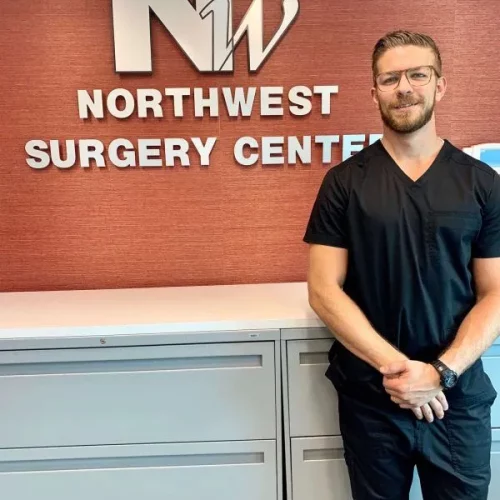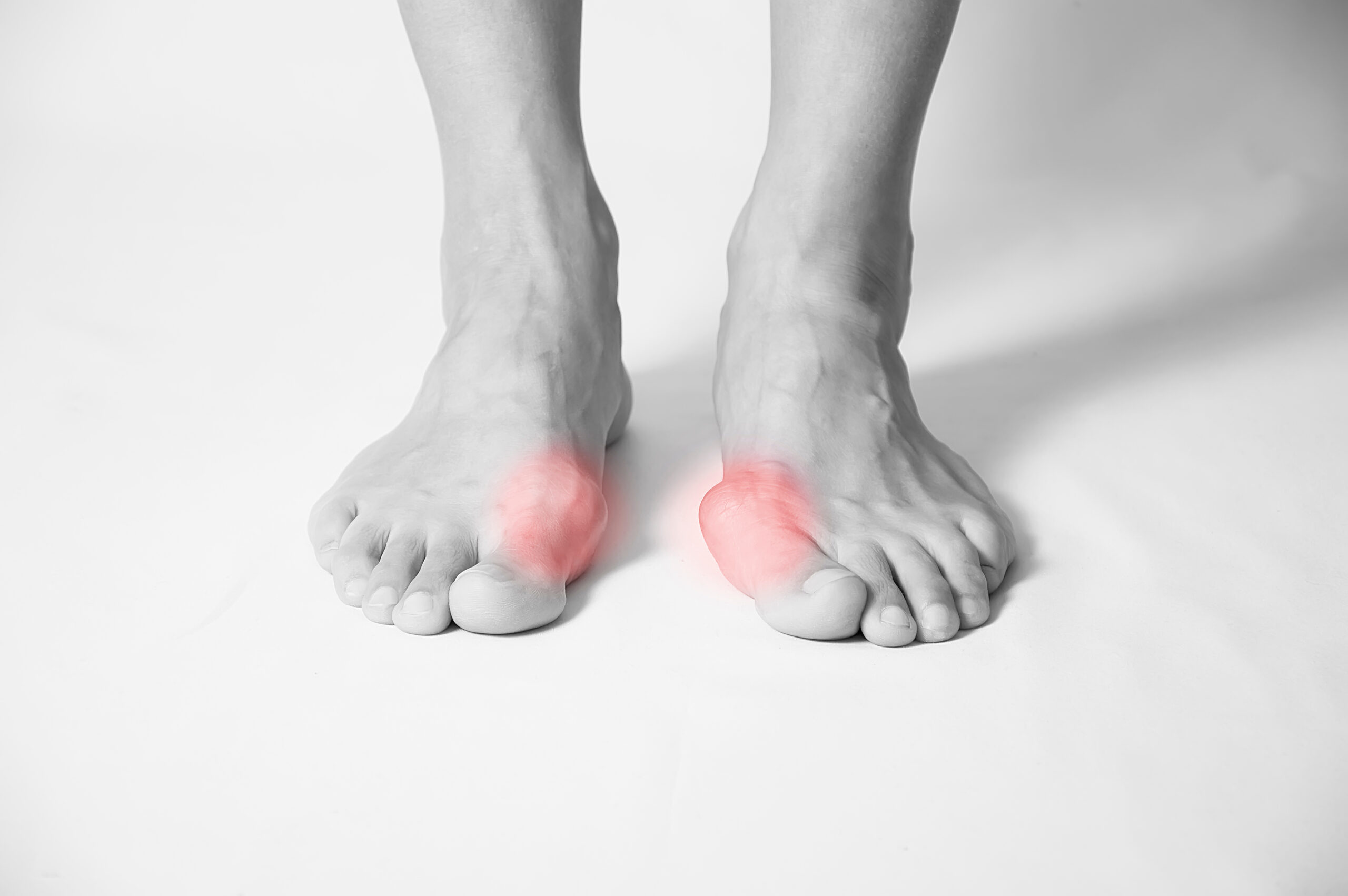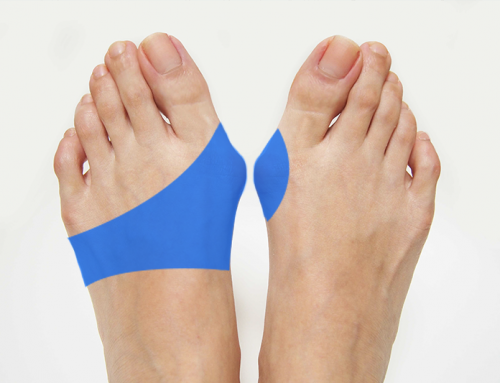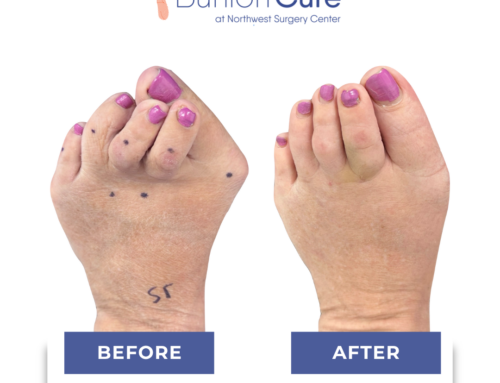Bunion pain can be frustrating, annoying, or even disruptive to your daily routine. Worse, it can sometimes feel like you’re stuck with bunions no matter what you try. Bunions tend to get worse with time, which makes them particularly irritating. Thankfully, there are measures you can take to mitigate, prevent, and address bunion issues. If you’re wondering how to treat bunion pain, then this blog is for you. While the best way to deal with a bunion is to have it surgically corrected, we’ll explain all of your options for bunion treatment here:
What Causes Bunions to Develop?
Bunions are painful, bony lumps that form on the side of the foot at the base of the big toe. Bunions form as a result of pressure placed on the foot that causes a misalignment of the joints, bones, muscles, and ligaments. This process usually takes a long time –– years or even decades in some cases.
Bunions may develop for a number of reasons. Some individuals may have a genetic predisposition to bunions –– depending on the way their foot is shaped. Additionally, many individuals get bunions as a result of wearing tight or ill-fitting shoes. (Notably high heels.)
How to Prevent Bunion Pain
In an ideal world, people would be able to prevent bunions before they even form. While this may be impossible in the abstract, individuals can adopt certain measures to protect their feet from painful misalignment. First, maintaining a healthy weight is a good start. Obese or overweight individuals are generally at higher risk of developing foot-pain problems. Second, wear comfortable shoes as often as possible. And third, stretch and monitor your feet as part of your regular health routine.
Short-Term Bunion Treatment Options
There is only one way to treat bunion pain permanently: minimally invasive bunion surgery. In the meantime, though, if you’re suffering from bunion pain right now, a few of these methods may be able to help you deal with discomfort for the moment:
- Orthopedic shoes.
- Bunion pads/cushions.
- Toe separators.
- Anti-inflammatory medication.
- Ice packs.
- Elevating the foot.
While all of these ideas above may help to manage the pain associated with bunions, they aren’t cures for the actual bunion and offer only short-term fixes –– at best. In effect, you’re only treating the symptoms of the pain and not what’s causing the pain itself.
Thankfully, minimally invasive bunion surgery is a safe and effective way to remove bunions –– and alleviate bunion pain –– once and for all.
What is minimally invasive bunion surgery?
Unlike traditional foot surgery, minimally invasive bunion surgery is a very patient-friendly, outpatient procedure. So individuals who undergo minimally invasive surgery only require local anesthesia. What’s more, the surgery itself lasts only around 90 minutes. And the best part is that our patients are able to walk around and drive home immediately following the procedure. Indeed, minimally invasive bunion surgery allows surgeons to correct the bunion and realign the foot through very small incisions. This drastically reduces recovery times and scarring. Most of our patients are able to maintain their normal routine, even right after their surgery, though patients may have to wear a small postoperative shoe for 1-4 weeks following the procedure.
Northwest Surgery Center can help you deal with bunion pain through minimally invasive bunion surgery. If you’re tired of a bunion disrupting your life, then contact us today for a free consultation!

About the Author
Dr. Jordan Sullivan, DPM, is a board-certified podiatrist at Northwest Surgery Center specializing in minimally invasive foot and ankle procedures. He’s passionate about helping patients get back on their feet faster with less downtime.
Learn more about Dr. Sullivan here.





